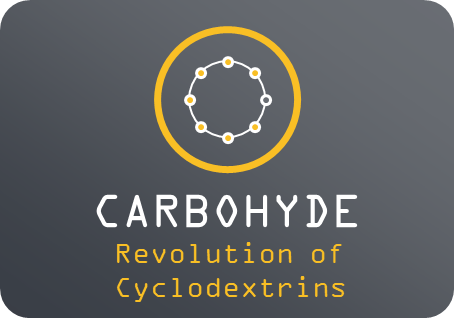From Molecule to Market
How does one dissolve a brick in a beaker of water?
This is a question that James Pipkin, vice president of new product development at Ligand Pharmaceuticals and The University of Kansas answers in this interview.
Today’s cyclodextrin is a great story, case-study and learning opportunity about the rise of one of the most important players in the cyclodextrin industry.
Inspiring!
From Molecule to Market (lawrencebusinessmagazine.com)









